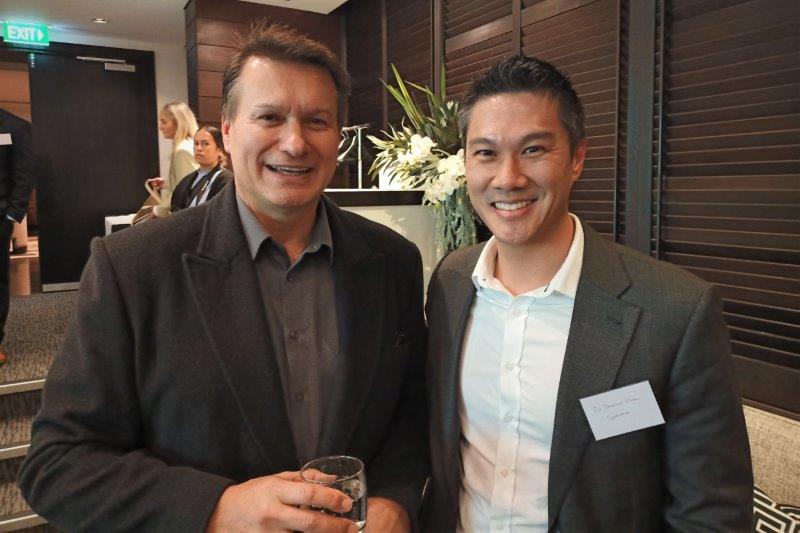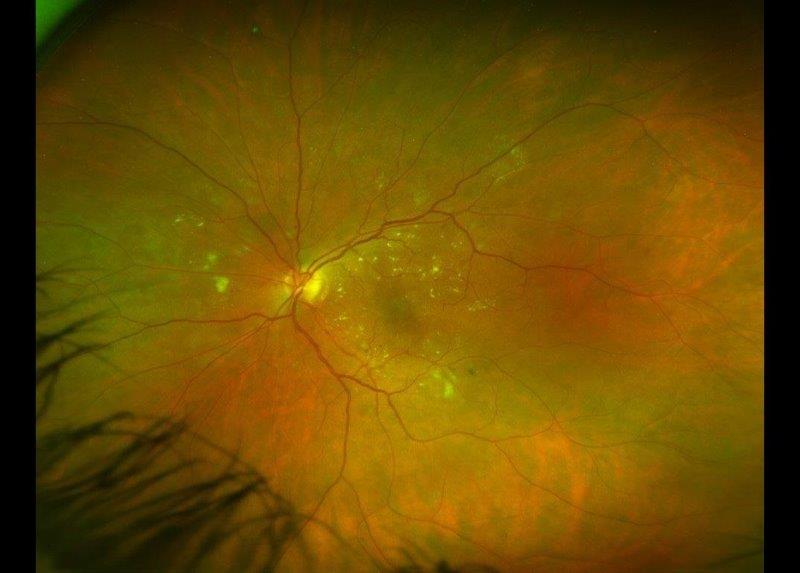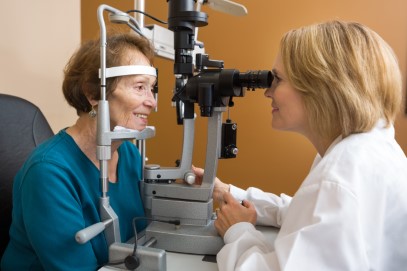SCC 2021: Come join the waka
Insights into Māori traditions, cultural practice and business values were delightfully served up with a healthy side of primary angle closure at Specsavers’ SCC 2021 live event at the Sofitel Hotel in Auckland’s Viaduct Harbour.
Keynote Andrew Baker, cultural strategist and managing director of business consultancy 3degrees, welcomed guests with a karakia, allowing us to clear the air and connect in a new setting. Baker led the cultural transformation at Air New Zealand, successfully positioning the airline as a corporate leader and returning it to favour with staff and the public, showing how the Indigenous approach of equity and respect to create connections aligns with the ‘good to great’ business model.
Listening to Baker’s fascinating Air NZ journey, which tackled entrenched mindsets that were largely responsible for its business woes, what stood out was the importance of developing an inclusive nature and how challenging change can be. Dismissing management’s calls to hire a professional kapa haka group and instead put together its own to celebrate the new San Francisco route marked a complete change in the airline’s culture, and quite literally brought a tear to the San Francisco mayor’s eye, he said. It also brought Air NZ staff from across the world together, many of whom performed in the group - from Norwegians to Malaysians to Māori, including Baker. But change takes time, he added: it took two years to get the humble ‘Kia ora’ greeting, now Air NZ’s incredibly successful catchphrase, over the line!
To successfully manage resistance, you have to stay calm and keep going, concluded Baker. “You need to have the leadership onboard and bring people on a journey – everyone needs to join the waka. Eventually, people will see the value.”

SCC 2021 Auckland attendees Prarthana Dalmia, Danielle Petrie-Deely, Greg Park and Rishi Khattar
How to manage PAC?
Next up Auckland-based ophthalmologist Dr Shenton Chew shared insights and practical advice on the diagnosis and management of primary angle closure (PAC), which is three times more likely to cause vision loss than primary open angle (POA). Typically, PAC presents asymmetrically with symptoms being nonspecific, sometimes including halos, headaches and ache in the eye. To diagnose PAC, gonioscopy is still the gold standard, said Dr Chew, adding anterior segment OCT can be very helpful and is likely to grow in importance with the advancement of artificial intelligence.
When a PAC patient presents with two or more quadrants of iridotrabecular contact (lTC), combined with visually significant cataracts, Dr Chew recommends lens replacement surgery. If the lens is clear, however, he said he would recommend laser iridotomy (LPI). If the angle is still open, Dr Chew typically refers the patient back to the optometrist for annual observation, monitoring if the angle is converting to PAC or PAC glaucoma, while looking out for elevated intraocular pressure, presence of blotchy pigment on gonioscopy and any OCT changes.
Dr Chew also discussed The Zhongshan Angle Closure Prevention Trial (ZAP), which investigated whether LPI can prevent angle closure. From 911 patients enrolled in the Chinese study, 899 had a unilateral LPI. After six years, conversion to PAC was less than 1% per year. It reduced the LPI risk by 47% (considered safe) while the risk of acute attacks was reduced to one from five. This study has really divided glaucoma specialists, he said, who debate whether LPI is worthwhile, considering other pressing priorities and scarce eye health resources. However, he added, “If I had a really narrow angle and couldn’t see any structures, I would want treatment or close monitoring. Because once a patient has converted to PAC, once their trabecular meshwork is not functioning, it increases their chance of needing lifelong glaucoma drops and surgeries.” Dr Chew also advised optometrists to discuss acute angle closure symptoms with patients who are awaiting treatment without worrying them too much, and to remind them how rare this event is.



























